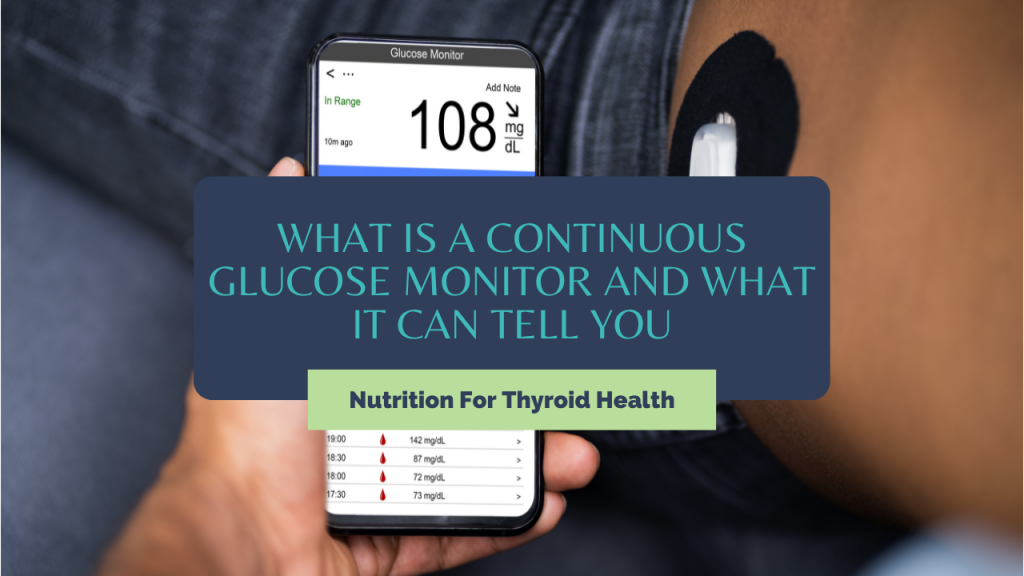You can read as many textbooks as you want about proper insulin and sugar nutrition. But there’s no better way to learn then to try something for yourself.
And that’s exactly what Tiffany did.
For three months, Tiffany used a CGM (Continuous Glucose Monitor) to see how her food and behavior affected her sugar and insulin levels. She used the dedicated app to tap into the data and see how her levels differed throughout the day, how they reacted to certain foods, and how various activities influenced them, too.
Alongside her Aura ring, she was able to find three pivotal parts of life that had the greatest effect on her hormone levels.
1. Cortisol and stress
The first observation she had was that elevated levels of stress caused her cortisol levels to rise, which in turn elevated her glucose levels as insulin was unable to break down sugar in the body as efficiently.
And as she acknowledges, without the right nutrition and coping mechanisms such as mindfulness to help combat stress:
“Then your glucose becomes higher in your blood. Your insulin doesn’t work as well. And that sets us up for things like pre-diabetes type two diabetes, and chronic disease down the road.”
2. Sleep
We all know how vital sleep is for basic human function. But what Tiffany learned specifically is that insulin sensitivity decreases at night.
So what does that mean for you?
If you’re a late night snacker, your body will break down the sugars a lot slower than it would earlier in the day, and this is especially true during sleep.
And while it might not always disrupt your REM cycle (although she noted she sometimes experienced this when her glucose levels were higher than usual) it means you often wake up with elevated blood glucose levels, which then becomes a negative cycle for dealing with stress.
3. Exercise
It’s not all doom and gloom. The main contributor to mitigating higher glucose levels, (after nutrition of course), was doing exercise. Tiffany found that even if she woke up with elevated glucose levels, after a morning workout, it went straight back down, which proves the success of exercise on helping to break down sugars in the morning.
CGM Experiment conclusion
After three months, Tiffany’s takeaway is clear.
- Learn to manage your stress
- Avoid eating too late where possible
- Exercise is a vital part of glucose management so incorporate it in your daily life
Implementing these three simple steps will help you gain regain control of your hormones so you can thrive.
Rock Bottom Thyroid Treatment
Following years of learning how to allow her thyroid to thrive, Tiffany has written a book called the Rock Bottom Thyroid Treatment. It’s an eight-week program split into three phases that help readers overcome the many obstacles and symptoms they face from their thyroid conditions.
If you want to reach out to Tiffany with any questions on her book or how you can start thriving with your thyroid today, email her at hello@tiffanyflaten.com.

